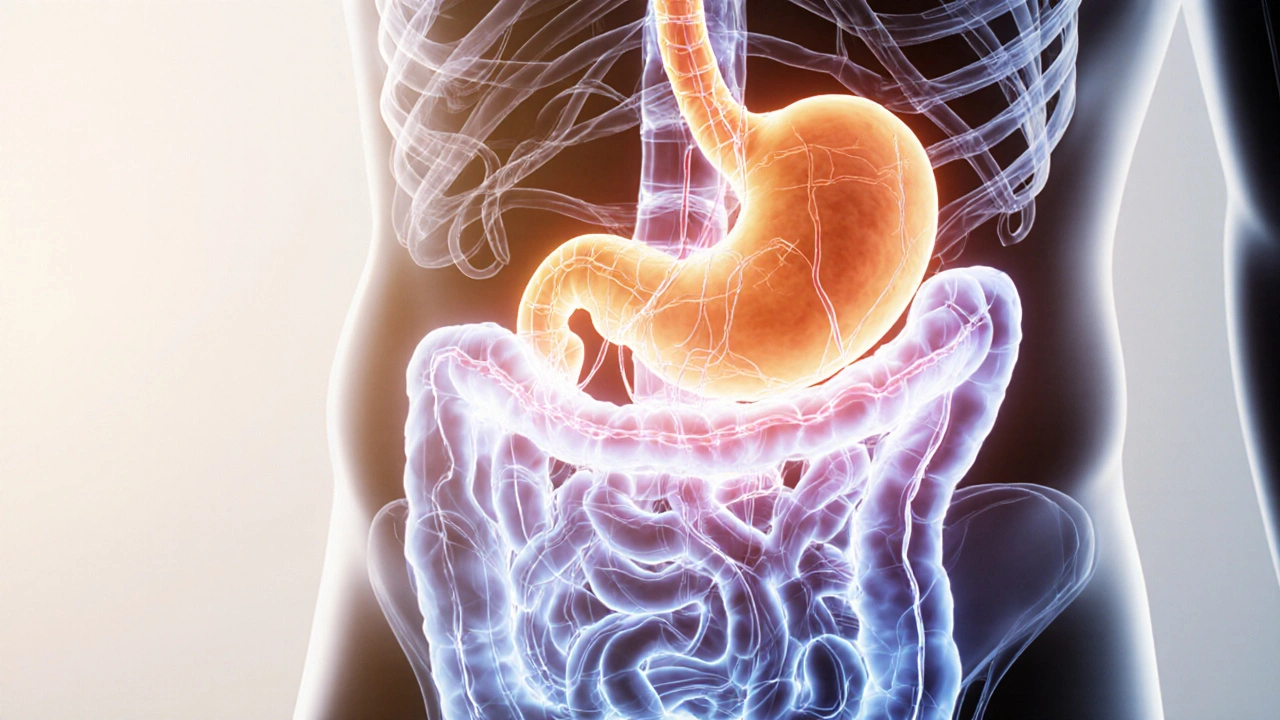Epigastric Pain: Causes, Common Triggers, and What to Do
When you feel a sharp or burning ache just below your ribs, right in the center of your belly, that’s epigastric pain, a discomfort localized to the upper middle abdomen, often tied to digestive issues. It’s not just "an upset stomach"—it’s a signal. And if it shows up often, it’s telling you something deeper is going on. This isn’t random. It’s linked to how your body handles food, acid, and stress.
Many people mistake epigastric pain for heart problems, especially if it flares after eating or when lying down. But more often, it’s tied to acid reflux, a condition where stomach acid flows back into the esophagus, causing burning and pressure. Others have gastritis, inflammation of the stomach lining, often caused by infection, NSAIDs, or alcohol. Then there’s indigestion, a broad term for discomfort after meals, sometimes with bloating or early fullness. These aren’t just buzzwords—they’re real, common conditions that show up in the same spot, and they’re covered in detail across the posts below.
What you’ll find here isn’t guesswork. These are real cases: someone on HRT noticing new stomach issues, another person connecting ranitidine to long-term discomfort, or someone managing diabetes and alcohol that’s worsening their gut. The links between meds, diet, and pain aren’t theoretical—they’re tracked in real patient experiences. You’ll see how antibiotics, acid reducers, and even herbal supplements can quietly change how your stomach feels. And you’ll find out what actually helps—not just what’s sold online.
Epigastric pain doesn’t always mean you need a scan. Sometimes, it just means you need to look at what you’re eating, what you’re taking, and when it happens. The posts here cut through the noise. No fluff. Just clear connections between what you do, what you take, and why your stomach hurts.
Learn how epigastric pain can be a warning sign of colon cancer, understand risk factors, diagnosis steps, when to seek help, and effective prevention strategies.
Oct, 6 2025

